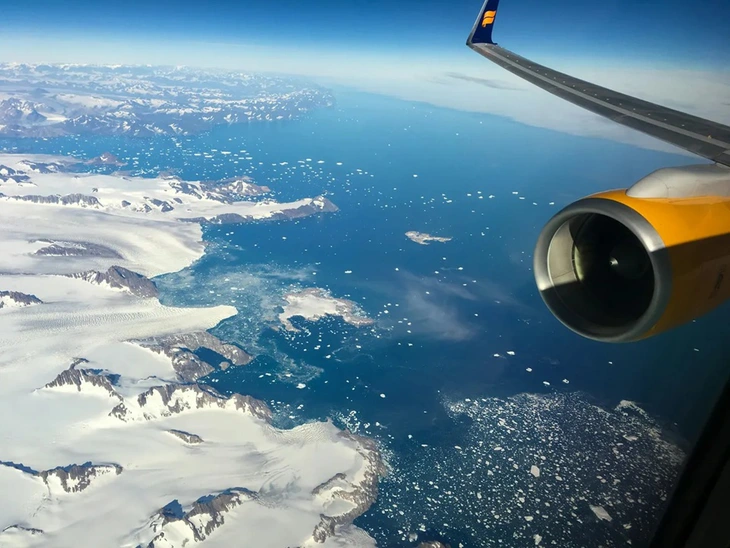
Coastline of Sermersooq municipality, Greenland - Photo: UNSPLASH
As a result of warming temperatures, glaciers on the edges of Greenland have melted and retreated inland, exposing thousands of kilometers of coastline previously covered by ice.
According to IFLScience on March 26, an international research team used satellite images to analyze changes in tidal glaciers (glacials that touch the ocean) in the Northern Hemisphere. Then, they calculated the length of newly exposed coastline after the glaciers melted during the period 2000 - 2020.
The team found that about 2,466km of new coastline was exposed during this 20-year period, with 66% occurring in Greenland. “The largest proportion of glacier-removed coastlines is located in Greenland,” the study authors wrote.
Along with exposing more land, the retreating glaciers also revealed 35 new islands larger than 0.5 square kilometers during the period 2000-2020. Of these, 29 are in Greenland and six are in the Svalbard archipelago in the far north of Norway and the Russian Arctic.
Thirteen of the 35 islands have never appeared on a map before, including 12 in Greenland and one in the Russian Arctic.
Interestingly, five of the 35 new islands were mapped in the 1960s before glaciers expanded and buried them beneath them. They have only resurfaced after the ice melted and retreated in recent decades.
The new research is a reminder of how climate change will continue to reshape Earth's geography, as well as the geopolitical forces that seek to control it.
Climate change could expose new lands and resources, potentially leading to conflict and geopolitical tensions in these areas.
As the Arctic ice melts, previously inaccessible lands rich in natural resources (such as oil, gas, and minerals) will become accessible, prompting countries to seek to assert territorial claims and control the resources there.
This competition has recently become more evident in the Arctic, with moves by countries such as Russia, Canada and the United States. Greenland, for example, has become a flashpoint as the territory has attracted the (unwanted) attention of US President Donald Trump, who has argued that control of the Arctic territory is essential to US security interests.
The study was published in the journal Nature Climate Change .
Source: https://tuoitre.vn/duong-bo-bien-greenland-tang-them-1-620km-ly-do-bat-ngo-20250328124428409.htm



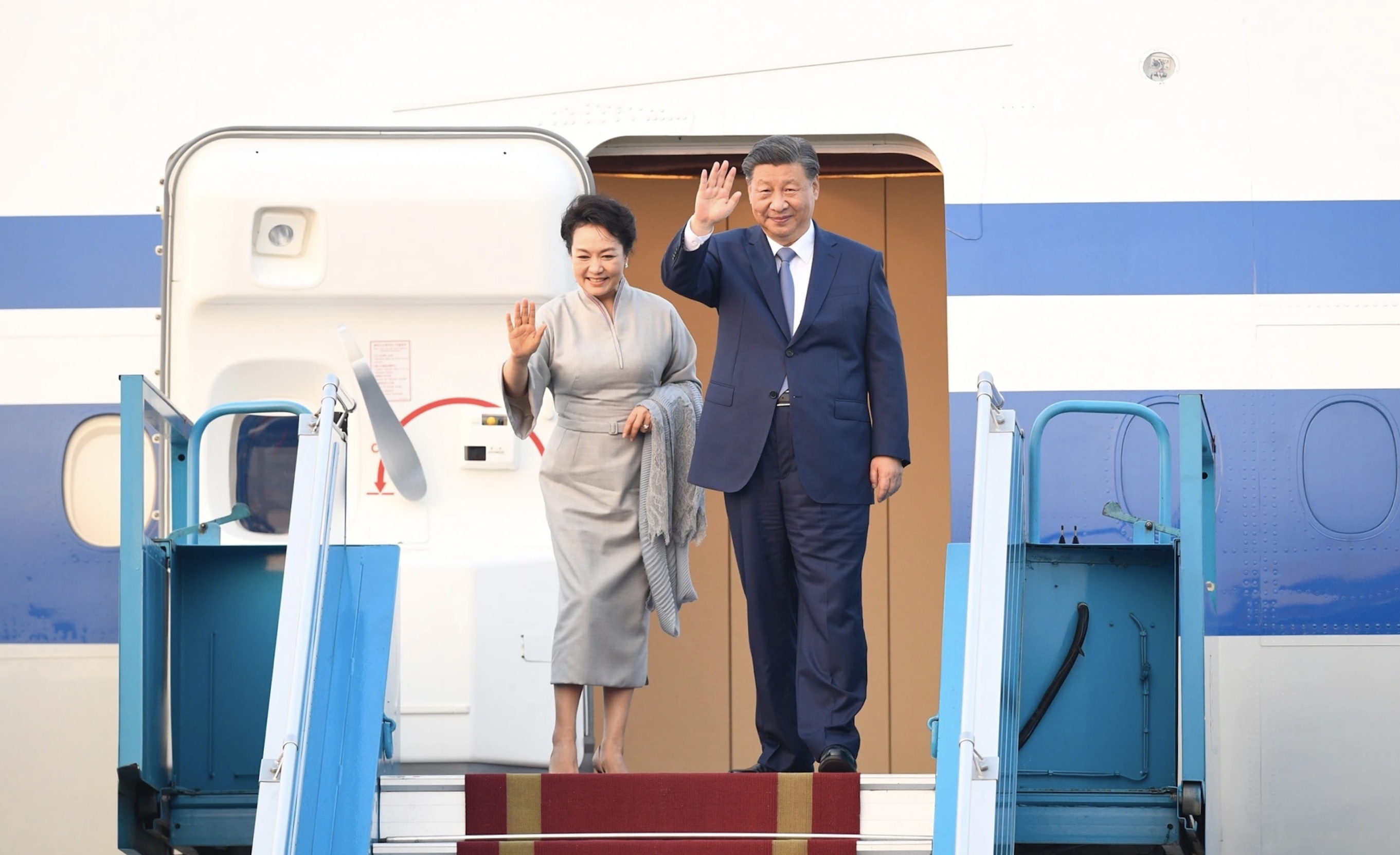
![[Photo] Closing of the 11th Conference of the 13th Central Committee of the Communist Party of Vietnam](https://vstatic.vietnam.vn/vietnam/resource/IMAGE/2025/4/12/114b57fe6e9b4814a5ddfacf6dfe5b7f)
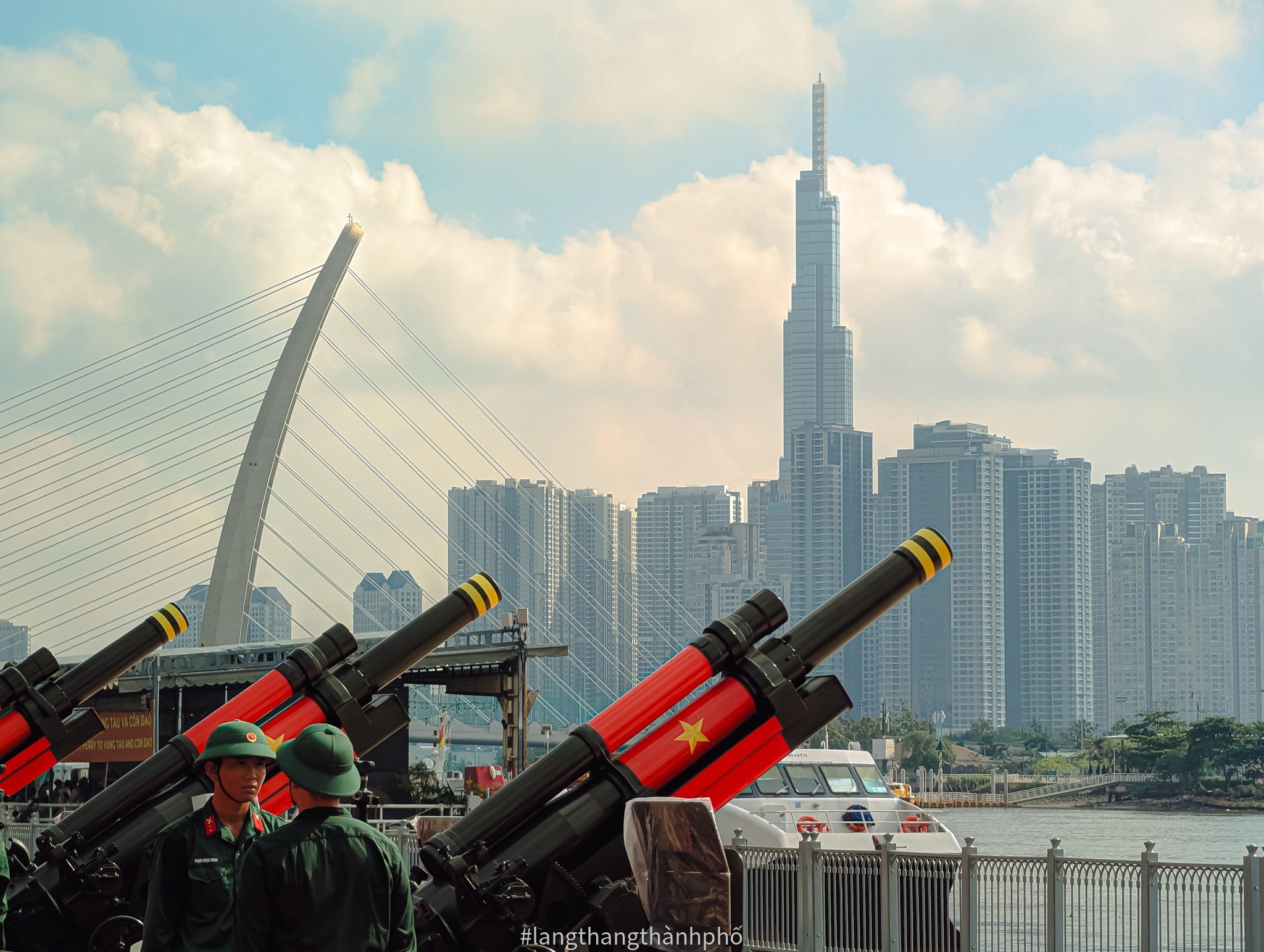

![[Photo] Overcoming all difficulties, speeding up construction progress of Hoa Binh Hydropower Plant Expansion Project](https://vstatic.vietnam.vn/vietnam/resource/IMAGE/2025/4/12/bff04b551e98484c84d74c8faa3526e0)






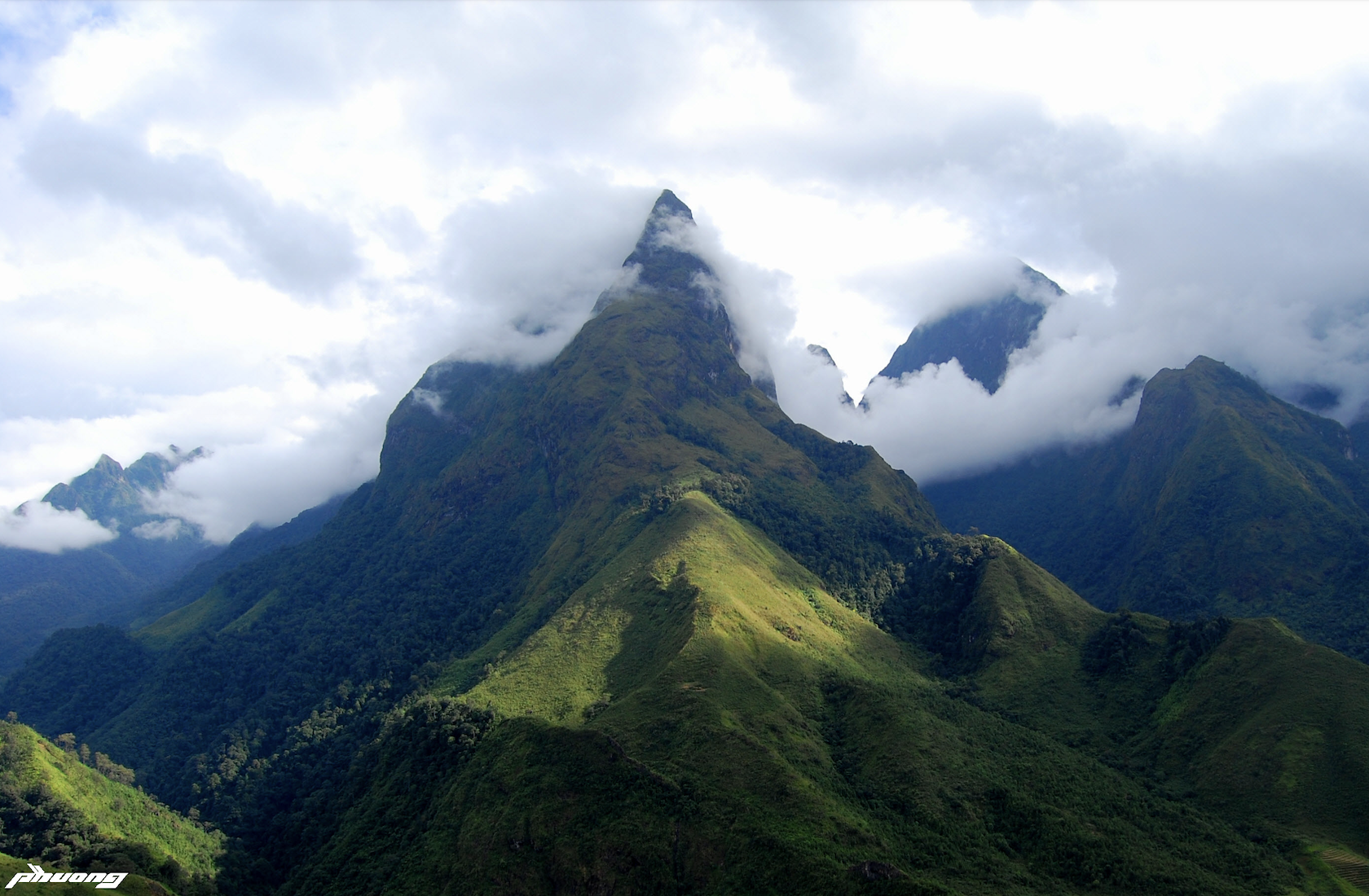
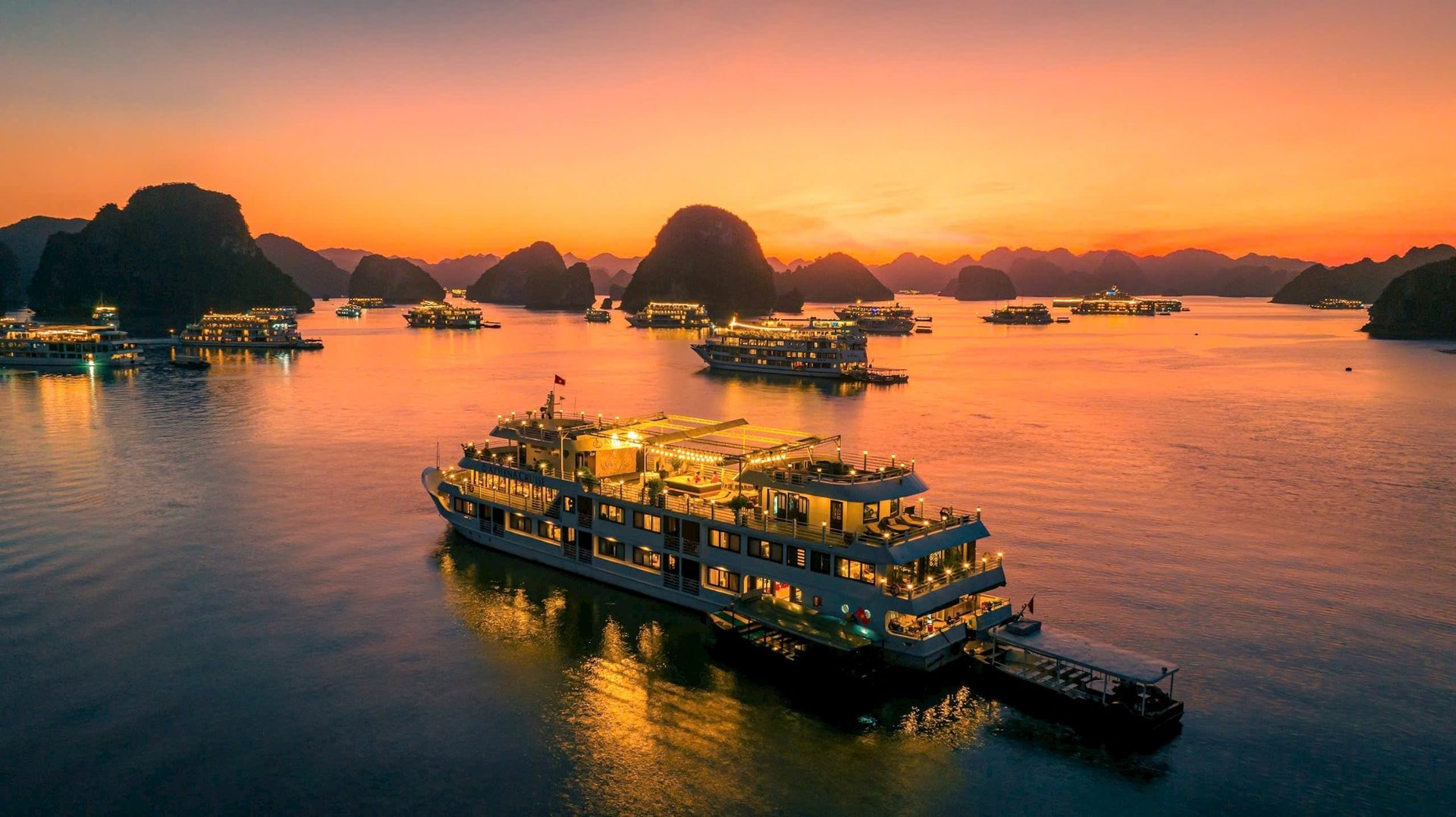




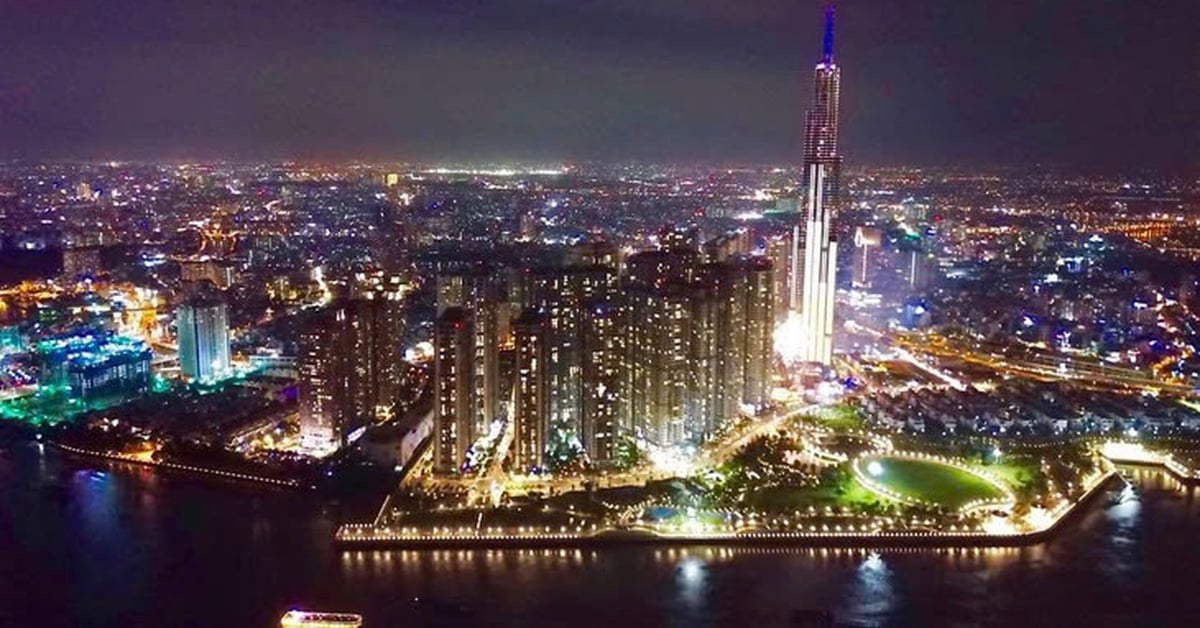


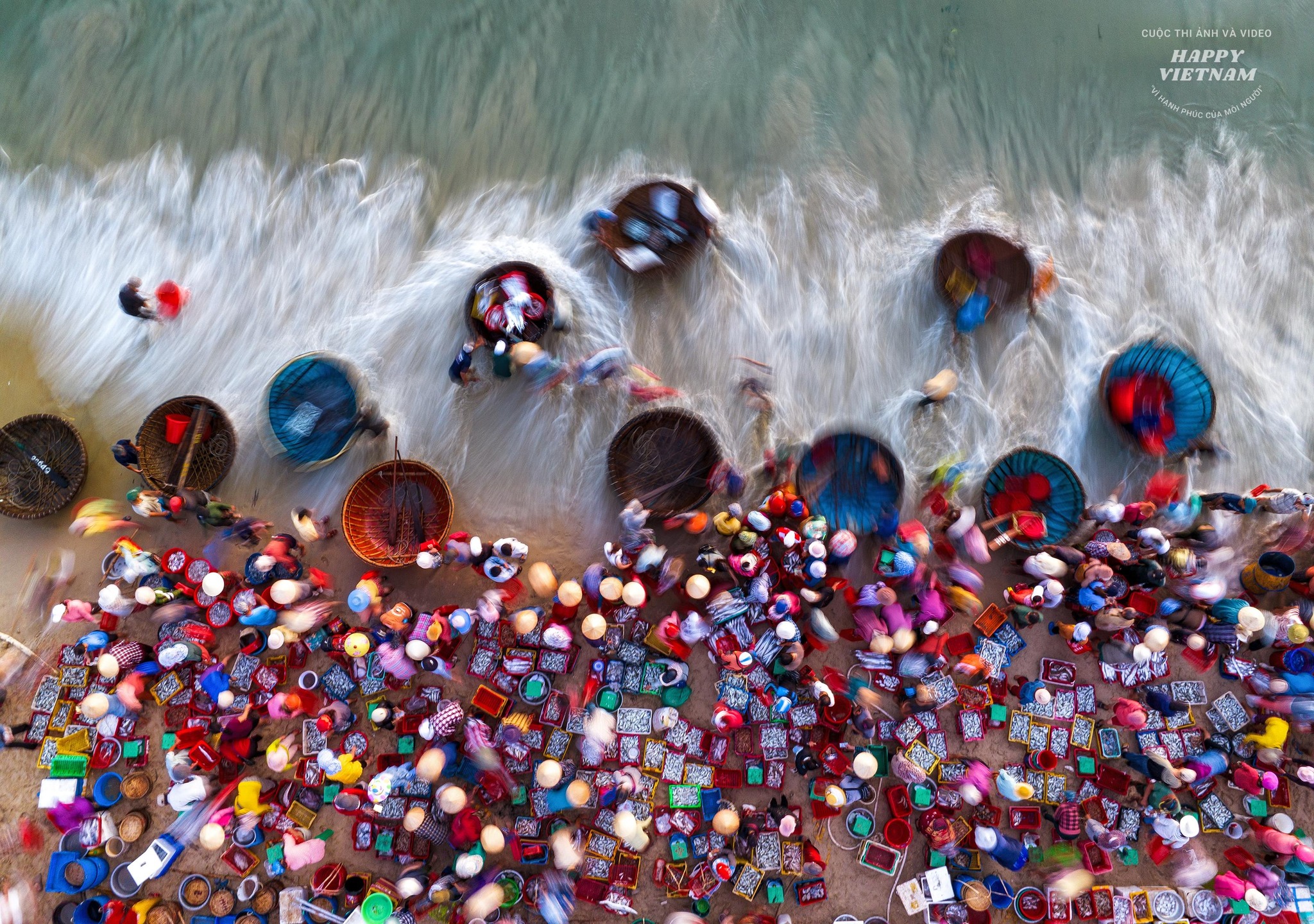


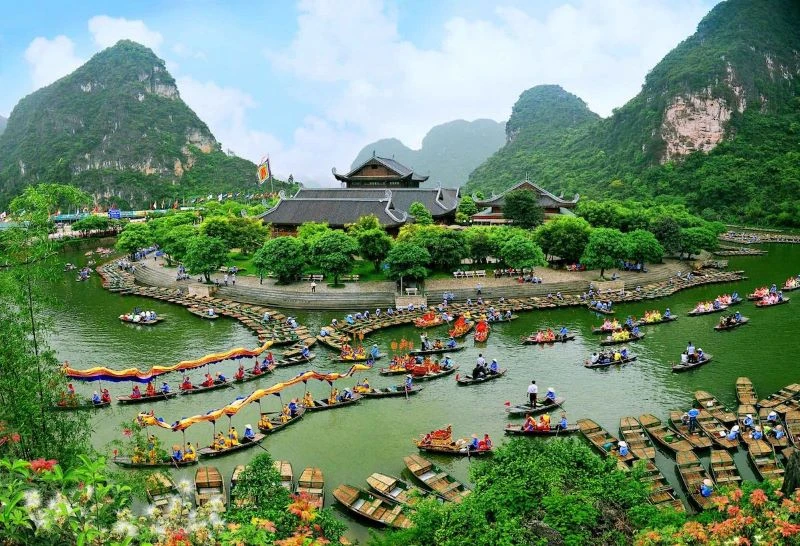



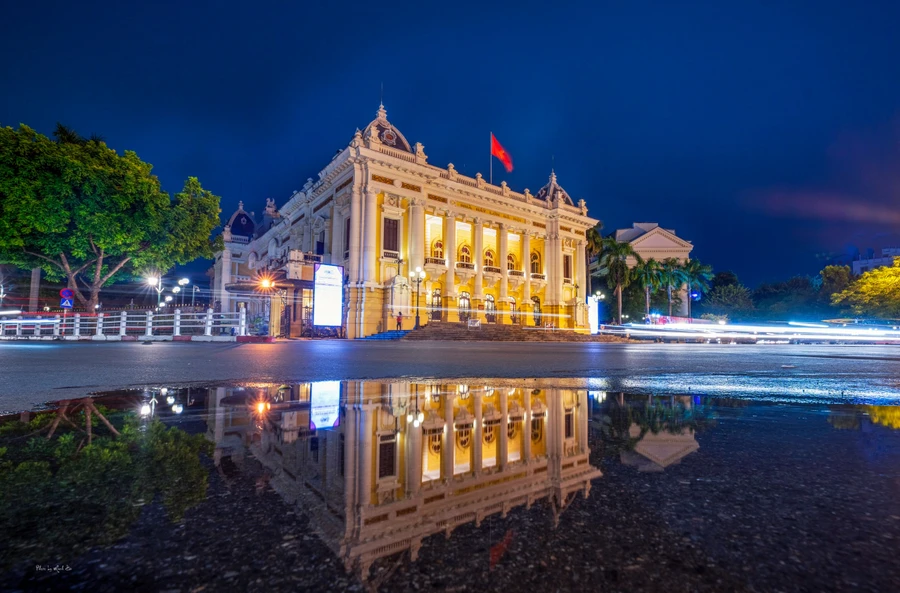






















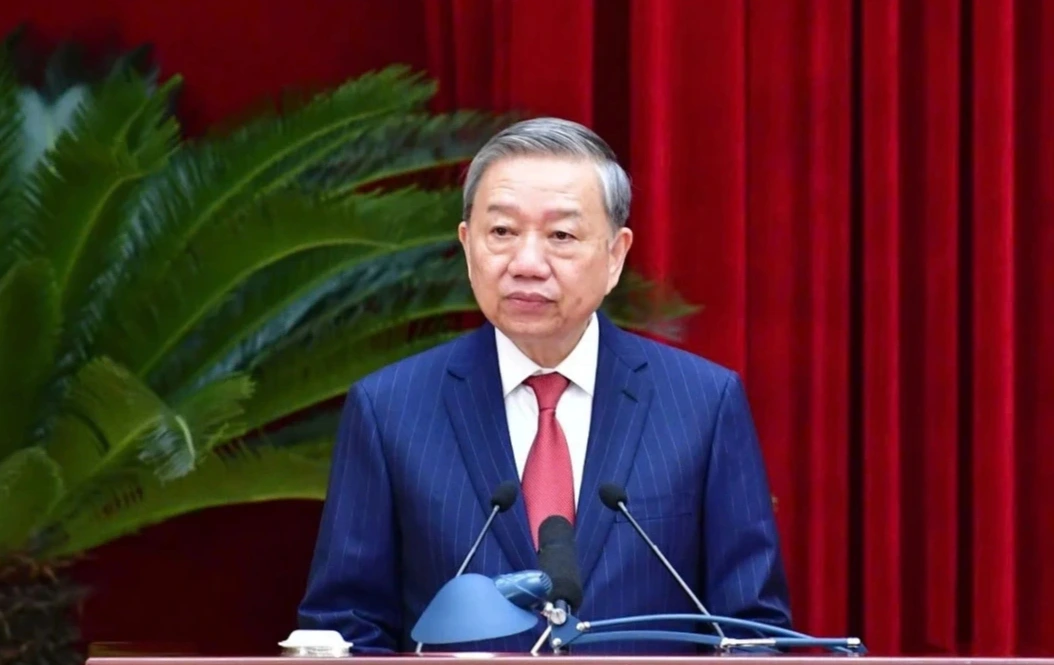
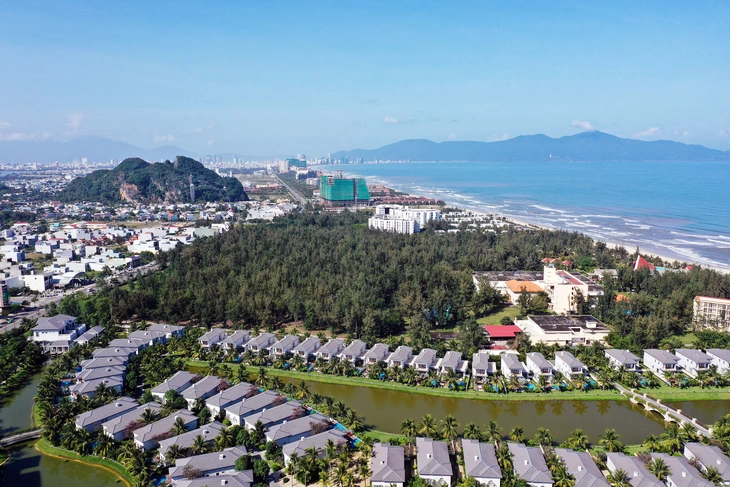






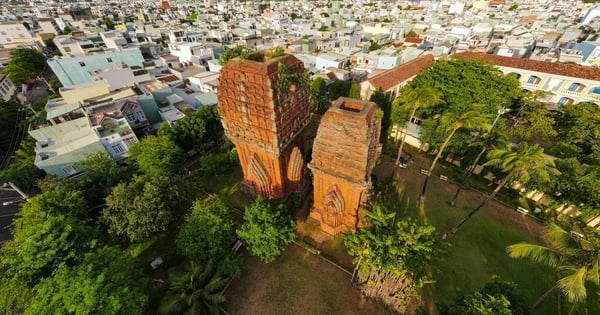

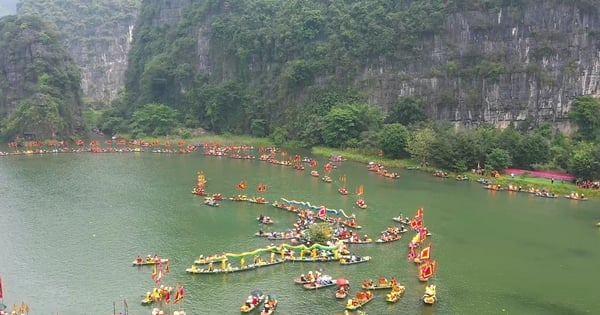







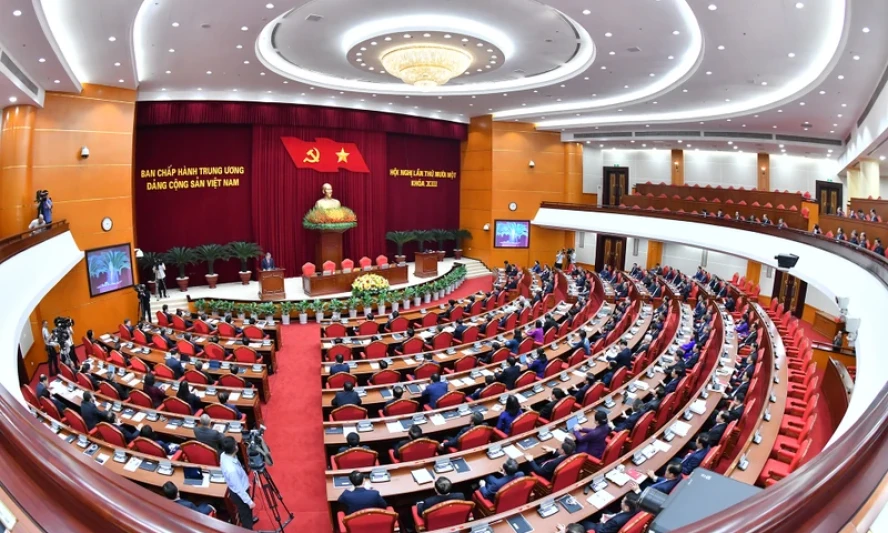


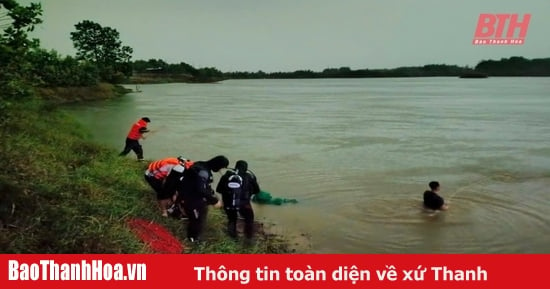













Comment (0)